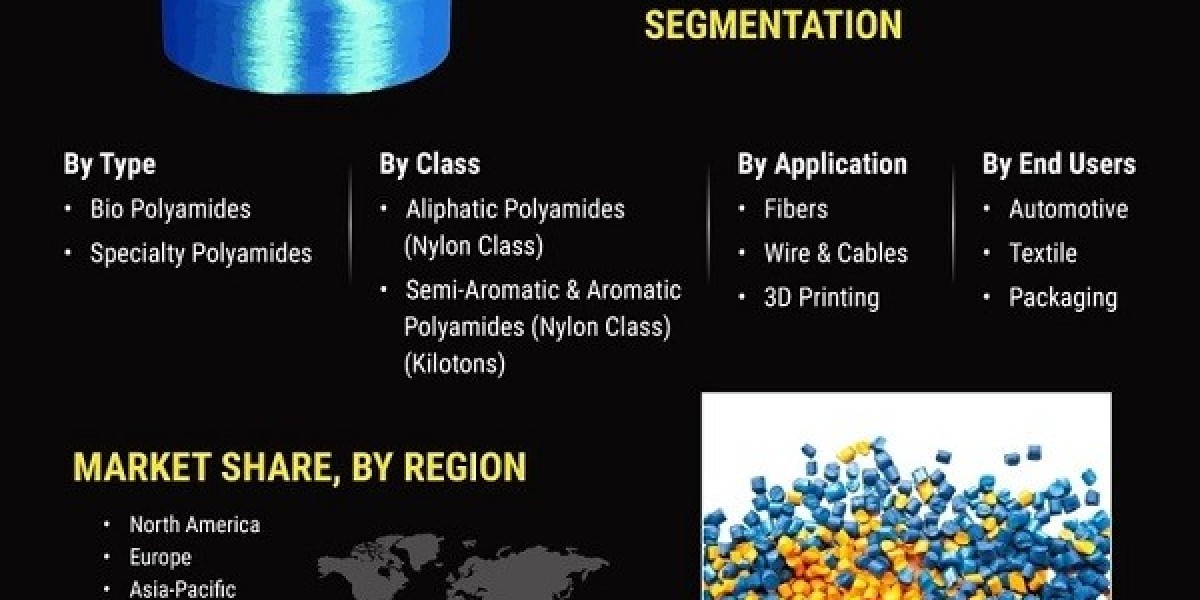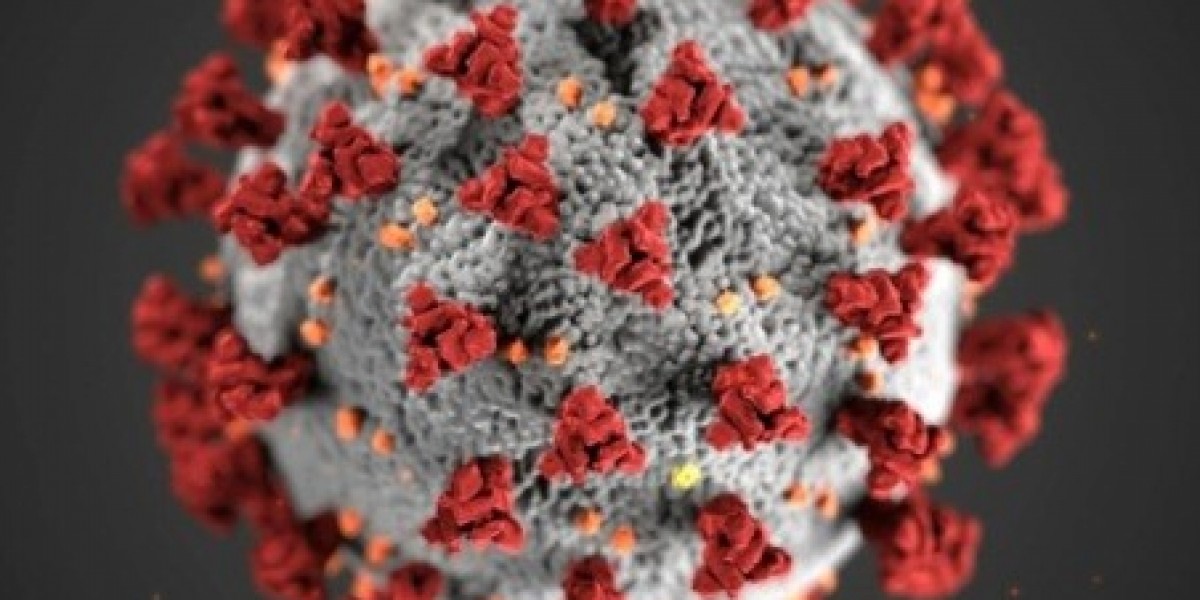Automated Cell Sorters: Revolutionizing Modern Research, One Cell at a Time
In today’s rapidly advancing world of biotechnology and medical research, precision is more than a luxury—it’s a necessity. Among the unsung heroes of this revolution is a quiet but powerful instrument: the automated cell sorter. While it may not be as widely discussed outside laboratory walls, its impact is deeply felt in breakthroughs that touch everything from cancer therapies to regenerative medicine.
What is an Automated Cell Sorter?
Imagine standing in front of a crowd and being able to pick out everyone with a specific trait—say, all those wearing glasses or those who speak a certain language. Now, imagine doing that at a microscopic level, but instead of people, you’re working with millions of individual cells, and instead of glasses, you're sorting based on DNA markers, protein expressions, or cell size.
An automated cell sorter is a sophisticated piece of equipment designed to do just that. It can identify, isolate, and collect individual cells from a mixed population based on a set of predefined characteristics—all in real time. Unlike manual techniques, which are slower and more prone to error, these machines bring in speed, accuracy, and reproducibility to cellular analysis.
Why It Matters: Real People, Real Impact
While the term “automated cell sorter” may sound like something straight out of a sci-fi novel, its benefits reach directly into the real world. For instance:
Cancer Research: Scientists use these machines to isolate rare cancer cells from a patient’s blood. This allows for early diagnosis, better tracking of disease progression, and development of personalized treatment strategies.
Stem Cell Therapy: Researchers rely on cell sorters to purify stem cells before using them in regenerative therapies for conditions like Parkinson’s disease or spinal cord injuries.
Infectious Disease: During the COVID-19 pandemic, cell sorters were used to identify immune responses in patients, helping researchers understand how the virus affected different populations.
These aren’t just lab wins—they’re the first steps toward saving lives.
The Human Side of Automation
Automation often raises concerns about replacing human expertise, but in the world of cell sorting, it’s actually about empowering scientists.
Manual cell sorting used to be an arduous, time-consuming task. Technicians would spend hours under microscopes, facing fatigue and variation between results. Automated sorters have shifted this narrative. Today, researchers can spend more time analyzing results, forming hypotheses, and making discoveries—instead of tediously separating cells.
It’s also made high-level science more accessible. With intuitive software interfaces and built-in quality control, even small labs without deep technical expertise can now conduct complex cell analyses.
How Does It Work?
Automated cell sorters typically use a technique called flow cytometry, where cells are suspended in fluid and passed through a laser beam one at a time. As each cell passes, it scatters light and emits fluorescence (if tagged with specific markers). The sorter uses this information to determine which cells to collect and which to discard.
The real magic happens in milliseconds. Tiny charged droplets containing individual cells are deflected using an electric field and directed into separate containers. The result? A precisely sorted batch of cells, ready for further study.
Innovations and Trends
The world of automated cell sorting is not static—it’s evolving at an exciting pace:
Microfluidics is making machines smaller, faster, and more efficient.
Artificial Intelligence is being integrated to improve gating strategies and analyze complex data sets.
Multi-parameter Sorting is now common, allowing researchers to sort cells based on several factors simultaneously, such as size, shape, and surface proteins.
These advancements mean that more targeted therapies, faster drug development, and deeper insights into human biology are not just possible—they’re happening now.
Challenges to Overcome
Despite its many benefits, automated cell sorting isn't without challenges. Machines are expensive, require proper maintenance, and need skilled operators for calibration and troubleshooting. Moreover, cell viability post-sorting can be a concern, particularly when working with fragile or rare cell types.
However, continuous innovation is addressing these pain points. More user-friendly, cost-effective, and gentle-on-cells solutions are entering the market each year.
Looking Ahead: A Future of Precision
We are in the midst of a transformation in how diseases are studied and treated. The automated cell sorter is a key part of that change—bridging the gap between raw biological complexity and the clarity researchers need to make meaningful progress.
As automation continues to evolve, it’s essential to remember that these tools are not replacing the human element of science; they’re enhancing it. Behind every click of a button on an automated sorter, there’s a scientist with a dream—a cure to discover, a mystery to unravel, or a life to save.
In that sense, the automated cell sorter isn’t just a machine. It’s a catalyst for discovery. A quiet partner in humanity’s relentless pursuit of better health, deeper understanding, and a brighter future.
Browse More Reports:
Hysteroscopic Endometrial Resection Procedures
Automated Cell Sorters: Revolutionizing Modern Research, One Cell at a Time
In today’s rapidly advancing world of biotechnology and medical research, precision is more than a luxury—it’s a necessity. Among the unsung heroes of this revolution is a quiet but powerful instrument: the automated cell sorter. While it may not be as widely discussed outside laboratory walls, its impact is deeply felt in breakthroughs that touch everything from cancer therapies to regenerative medicine.
What is an Automated Cell Sorter?
Imagine standing in front of a crowd and being able to pick out everyone with a specific trait—say, all those wearing glasses or those who speak a certain language. Now, imagine doing that at a microscopic level, but instead of people, you’re working with millions of individual cells, and instead of glasses, you're sorting based on DNA markers, protein expressions, or cell size.
An automated cell sorter is a sophisticated piece of equipment designed to do just that. It can identify, isolate, and collect individual cells from a mixed population based on a set of predefined characteristics—all in real time. Unlike manual techniques, which are slower and more prone to error, these machines bring in speed, accuracy, and reproducibility to cellular analysis.
Why It Matters: Real People, Real Impact
While the term “automated cell sorter” may sound like something straight out of a sci-fi novel, its benefits reach directly into the real world. For instance:
Cancer Research: Scientists use these machines to isolate rare cancer cells from a patient’s blood. This allows for early diagnosis, better tracking of disease progression, and development of personalized treatment strategies.
Stem Cell Therapy: Researchers rely on cell sorters to purify stem cells before using them in regenerative therapies for conditions like Parkinson’s disease or spinal cord injuries.
Infectious Disease: During the COVID-19 pandemic, cell sorters were used to identify immune responses in patients, helping researchers understand how the virus affected different populations.
These aren’t just lab wins—they’re the first steps toward saving lives.
The Human Side of Automation
Automation often raises concerns about replacing human expertise, but in the world of cell sorting, it’s actually about empowering scientists.
Manual cell sorting used to be an arduous, time-consuming task. Technicians would spend hours under microscopes, facing fatigue and variation between results. Automated sorters have shifted this narrative. Today, researchers can spend more time analyzing results, forming hypotheses, and making discoveries—instead of tediously separating cells.
It’s also made high-level science more accessible. With intuitive software interfaces and built-in quality control, even small labs without deep technical expertise can now conduct complex cell analyses.
How Does It Work?
Automated cell sorters typically use a technique called flow cytometry, where cells are suspended in fluid and passed through a laser beam one at a time. As each cell passes, it scatters light and emits fluorescence (if tagged with specific markers). The sorter uses this information to determine which cells to collect and which to discard.
The real magic happens in milliseconds. Tiny charged droplets containing individual cells are deflected using an electric field and directed into separate containers. The result? A precisely sorted batch of cells, ready for further study.
Innovations and Trends
The world of automated cell sorting is not static—it’s evolving at an exciting pace:
Microfluidics is making machines smaller, faster, and more efficient.
Artificial Intelligence is being integrated to improve gating strategies and analyze complex data sets.
Multi-parameter Sorting is now common, allowing researchers to sort cells based on several factors simultaneously, such as size, shape, and surface proteins.
These advancements mean that more targeted therapies, faster drug development, and deeper insights into human biology are not just possible—they’re happening now.
Challenges to Overcome
Despite its many benefits, automated cell sorting isn't without challenges. Machines are expensive, require proper maintenance, and need skilled operators for calibration and troubleshooting. Moreover, cell viability post-sorting can be a concern, particularly when working with fragile or rare cell types.
However, continuous innovation is addressing these pain points. More user-friendly, cost-effective, and gentle-on-cells solutions are entering the market each year.
Looking Ahead: A Future of Precision
We are in the midst of a transformation in how diseases are studied and treated. The automated cell sorter is a key part of that change—bridging the gap between raw biological complexity and the clarity researchers need to make meaningful progress.
As automation continues to evolve, it’s essential to remember that these tools are not replacing the human element of science; they’re enhancing it. Behind every click of a button on an automated sorter, there’s a scientist with a dream—a cure to discover, a mystery to unravel, or a life to save.
In that sense, the automated cell sorter isn’t just a machine. It’s a catalyst for discovery. A quiet partner in humanity’s relentless pursuit of better health, deeper understanding, and a brighter future.
Browse More Reports:









